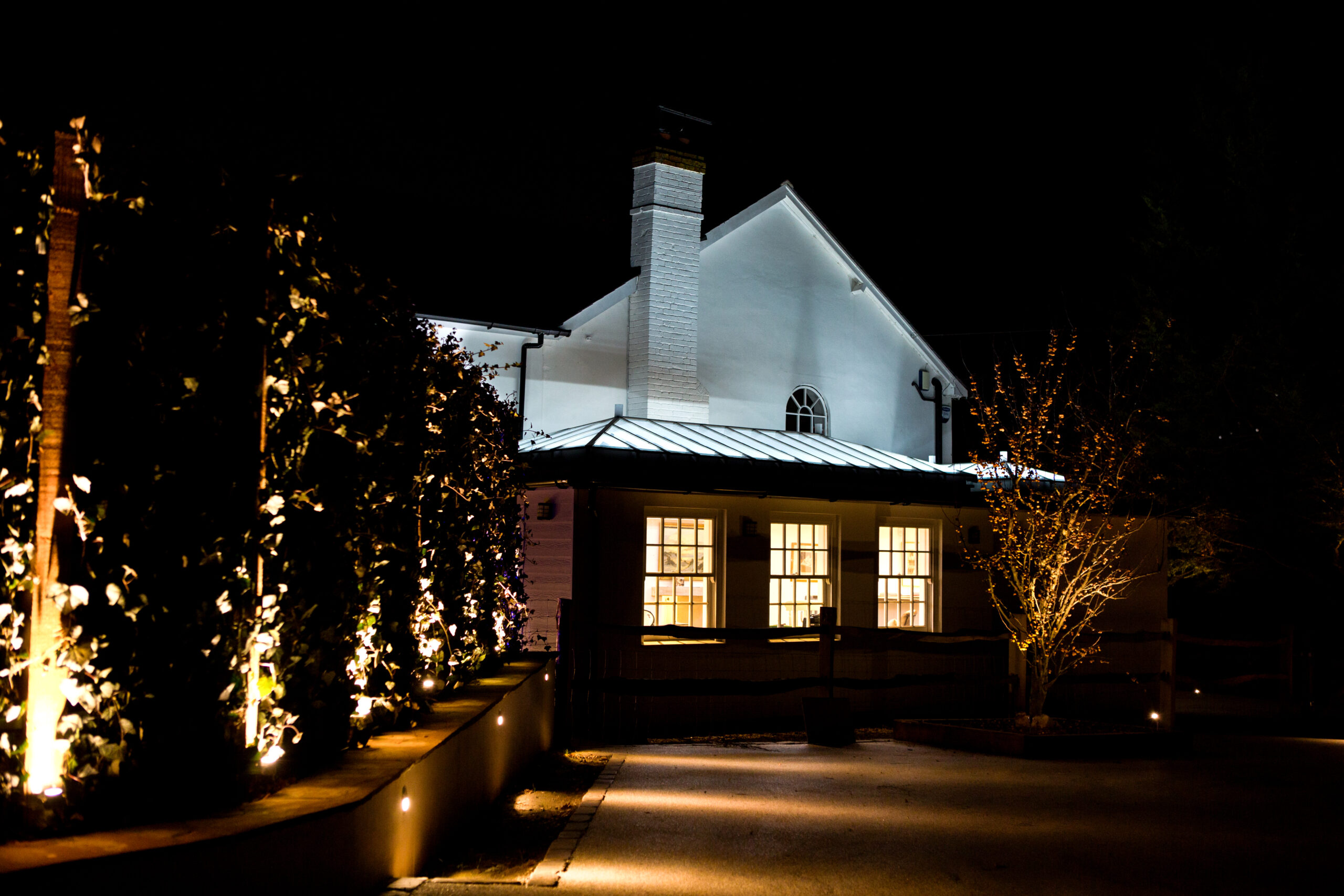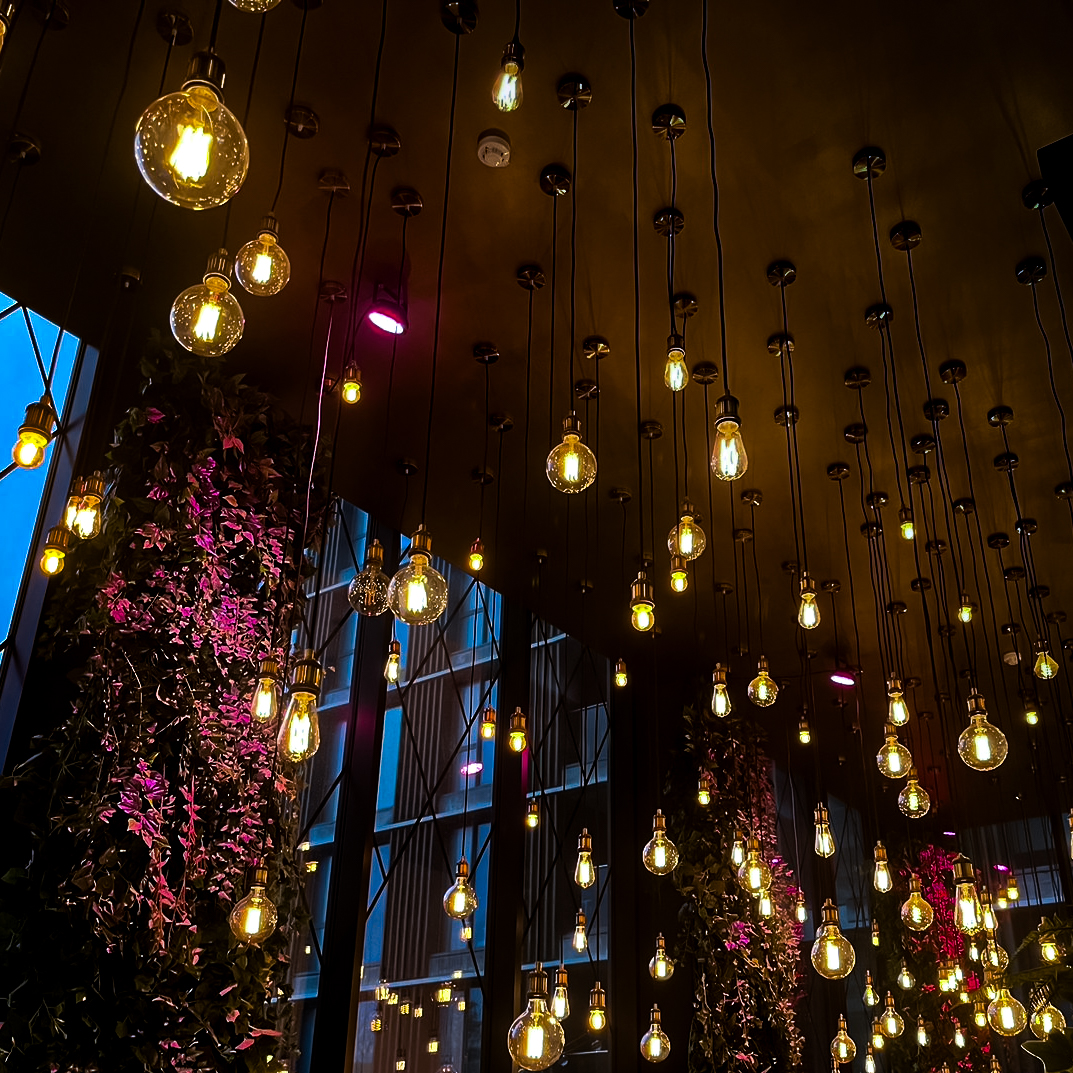Pendants are mostly used in areas where directed light is needed, and they offer a great way to create lighting without being an overbearing element within that space. The term ‘pendant light’ refers to a single light fixture that is suspended from the ceiling, usually by a cord, chain or metal rod. Pendants offer a more minimalist alternative to chandeliers. Although they can be used for ambient lighting, pendants are most commonly used for task lighting and, pendant lighting is often found used in kitchens, over areas such as the sink or kitchen island, over dining room tables, next to beds and, in hallways.
A variety of pendant lighting is available, which falls under the four following categories:
Down Light Pendants, are the standard pendant fixture and are single hanging pendant/s, which direct light downwards and, are therefore best suited to task lighting.
Uplight Pendants direct light upwards and are therefore most suited to ambient lighting. Uplight pendants are often chosen as a more subtle alternative to chandelier lighting.
Multi Light Pendants are also known as Island Pendants. These are comprised of multiple hanging lights all connected to one fixture and are useful in rooms where there is only one overhead electrical source. They are also commonly found above pool tables, in kitchens or over dining tables.
Mini Pendants are smaller versions of the standard pendants. They are mostly used for task lighting in an isolated space, for example within an office or above a kitchen sink and are highly varied in terms of style.
Pendant lighting is often hung in groups and when planning your pendant lighting, it is important to hang the center light first and also leave at least 30 inches between each fixture. The ‘rule of three’ refers to the fact that pendant lighting is mostly hung in groups of three. This is by no means a hard-set rule, however a worthy consideration when planning pendant lighting. Bigger is generally better with pendants and, our advice when hanging over a surface is to consider how big you can go, whilst still allowing around 10” smaller than the width of the surface you are lighting.
Pendant lighting will need to be hung at different heights and should come with adjustable chains, cords or rods. It is also key to allow for headroom, and this will differ depending on the space and task for which the lights are being used. Above a dining room table, 30-36” needs to be allowed, whilst activities such as playing pool will need stronger, lower lighting and will sit around 24-32”. Pendants used in the kitchen will be higher so that they are not in the way and will hang up to 40” above the counter.
It is also important to think about the kind of shades you will use and the different effects these will have. For example, fabric shades will diffuse light and may create a soft atmosphere within a bedroom, whilst metal shades will direct light and create an industrial feel within a kitchen. Another option may be Tiffany-style and coloured glass shades, which may complement décor and create a feature.


